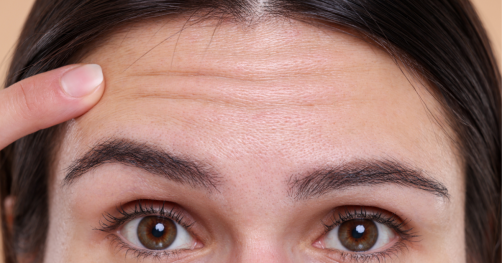Aging skin stretches, contracts, and buckles under pressure, and that’s how wrinkles form, according to new experimental evidence from scientists at New York’s Binghamton University.
“This is no longer just a theory,” says Binghamton University Associate Professor of Biomedical Engineering Guy German, in a news release. “We now have hard experimental evidence showing the physical mechanism behind aging.”
Previous research using computational models has shown changes in the mechanical properties and structure of the dermal layer that come with aging, but this has never been validated experimentally, with actual skin samples, until now, he says.
Stretch vs. Contract
For the study, researchers used a low-force tensometer to stretch tiny strips of skin from people aged 16 to 91, simulating the forces the skin naturally experiences. They found that when skin is stretched in one direction, it contracts in the other direction. But this contraction gets bigger with age, resulting in the formation of wrinkles.
“If you stretch Silly Putty, for instance, it stretches horizontally, but it also shrinks in the other direction—it gets thinner. That’s what skin does as well,” explains German. “As you get older, that contraction gets bigger. And if your skin is contracted too much, it buckles. That’s how wrinkles form.”
“Things degrade a bit, and it turns out the skin stretches laterally more, which causes the actual wrinkles that form,” he continues. “And the reason why that exists in the first place is that your skin is not in a stress-free state. It’s actually stretched a little bit. So there are inherent forces within your skin itself, and those are the driving force towards wrinkles.”
German notes that premature aging from spending chronic periods out in the sun can have the same effect on your skin as chronological aging.
“If you spend your life working outside, you’re more likely to have more aged and wrinkled skin than those who are office workers, for example,” he says. “Chronological aging and photoaging give you similar results. So go and have a fab summer, but don’t forget the suntan lotion—your future self will appreciate it.”
The paper appears in the Journal of the Mechanical Behavior of Biomedical Materials.


